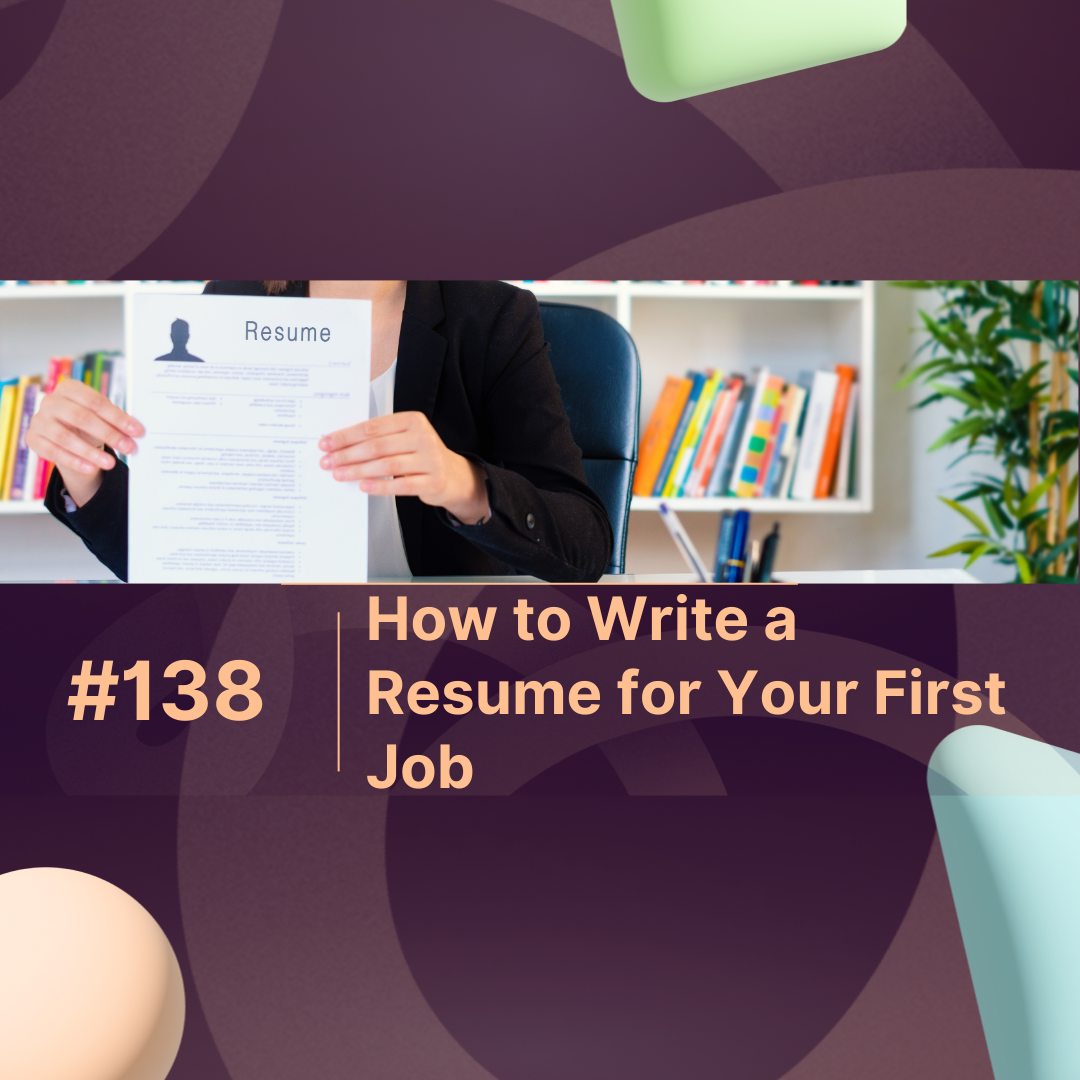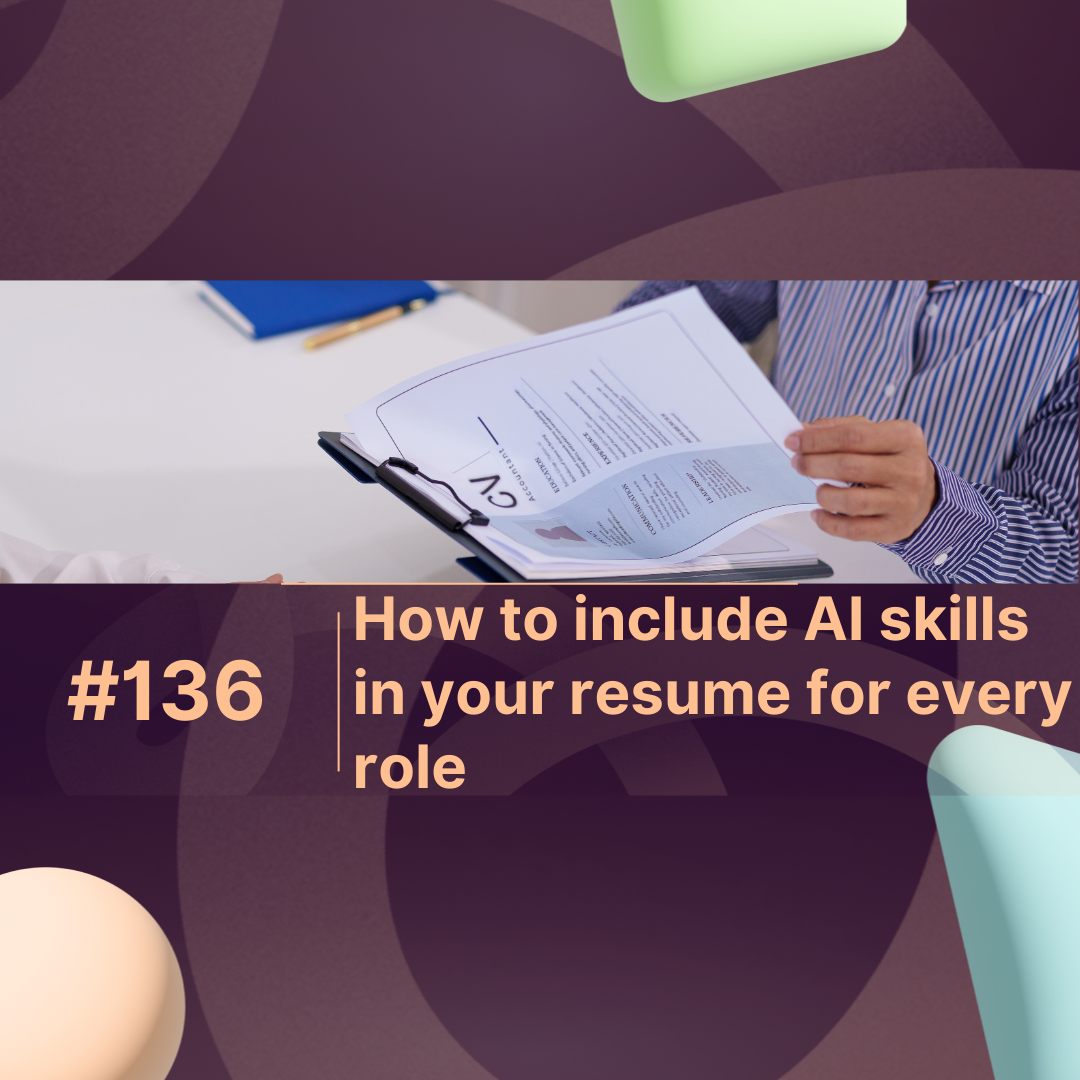Direct Answer :
When asked “Where do you see yourself in 5 years?”, focus on showing growth, alignment with company goals, and realistic ambition. Recruiters aren’t testing your imagination they’re assessing your motivation, loyalty, and career clarity. A strong answer blends personal development with organizational contribution—and yes, preparation makes all the difference.
Overview
It’s one of the most common and trickiest interview questions:
“Where do you see yourself in 5 years?”
This question helps employers gauge if your goals align with the company’s long-term vision. Yet, most candidates freeze or give vague answers like “I want to grow” or “I see myself in a leadership role.”
The truth? Hiring managers want specific, grounded, and strategic responses. According to LinkedIn’s 2024 Global Talent Report, 91% of recruiters consider goal clarity a strong predictor of long-term success.
Let’s break down how to answer this question smartly with examples, frameworks, and insights from modern hiring data.
Why Recruiters Ask “Where Do You See Yourself in 5 Years?”
Employers don’t expect you to predict the future. They’re checking three things:
-
Commitment: Will you stay long enough to grow within the company?
-
Clarity: Do you understand your career path and how it aligns with this role?
-
Motivation: Are you ambitious, proactive, and teachable?
When you answer confidently, you show vision and direction qualities every top performer demonstrates.
Smart Ways to Answer “Where Do You See Yourself in 5 Years”
Here’s how to structure a strong, authentic response using the G.A.P. Framework (Goals – Alignment – Progress):
| Step | What to Include | Example |
|---|---|---|
| G – Goals | State your career vision clearly | “I aim to become a team lead managing cross-functional projects.” |
| A – Alignment | Show connection to company growth | “Your company’s mentorship programs align perfectly with my goals.” |
| P – Progress | Highlight your plan for growth | “I plan to take on new responsibilities and enhance my leadership skills.” |
This framework keeps your answer personal yet professional, short yet strategic.
Example Answers (for Different Job Roles)
For Entry-Level Candidates:
“In five years, I see myself mastering my current role, learning from senior mentors, and gradually moving into a leadership position where I can train new hires.”
For Mid-Level Professionals:
“I want to develop a specialization in data-driven strategy while contributing to larger projects that help the company grow internationally.”
For Creative Roles:
“In five years, I’d love to have built a diverse design portfolio here—collaborating across teams and contributing to the company’s creative evolution.”
For Tech Candidates:
“I aim to become a product manager leading innovative projects that combine AI and user experience—aligning with the company’s tech-first vision.”
Data-Backed Insights: What Hiring Managers Prefer
| Candidate Approach | Recruiter Approval (%) | Notes |
|---|---|---|
| Specific + Aligned | 92% | Shows direction and realism |
| Vague or Generic | 38% | Lacks focus |
| Unrealistic | 21% | Overly ambitious or disconnected |
| Honest but Unclear | 44% | Needs refinement |
(Source: LinkedIn Talent Insights, 2024)
Expert Tip: Use AI Tools to Refine Your Career Story
Before your next interview, write your 5-year vision using an AI-powered resume builder like MaxProfile.
It helps you analyze your current skills, map your future career goals, and even generate sample interview answers that sound natural and confident.
By aligning your resume, goals, and answers—you project a strong professional narrative that recruiters instantly trust.
What NOT to Say
Avoid these common mistakes:
-
“I want your job.” (Sounds threatening)
-
“I don’t know yet.” (Shows lack of direction)
-
“I’ll be running my own company.” (Signals short tenure)
-
“Wherever life takes me.” (Too vague)
Instead, express curiosity and commitment—employers love growth-oriented realism.
Pro Tips to Nail This Question
Research the company’s long-term goals
Align your 5-year vision with their roadmap
Be ambitious, but realistic
Keep answers under 90 seconds
Smile your tone matters as much as your words
Conclusion
When someone asks, “Where do you see yourself in 5 years?”, they’re really asking, “Are you growing with us or outgrowing us?”
A well-crafted answer shows you’ve thought about your future and their future with equal respect.
Use clarity, alignment, and authenticity to stand out.
And remember, tools like MaxProfile can help you visualize your career path and create responses that resonate with hiring managers.
Your next great job might start with a great answer.
FAQs on “Where Do You See Yourself in 5 Years”
1. How long should my answer be?
Keep it under 60–90 seconds. Long answers lose focus; concise ones show confidence.
2. Should I mention a promotion or specific role?
Yes, but tie it to company growth. For example: “I hope to earn a senior analyst position while helping expand our data systems.”
3. What if I’m unsure about my future goals?
Be honest, but show curiosity: “I’m exploring paths in management and eager to learn where I can add most value.”
4. Is it okay to say I want to start my own business?
Avoid that. It signals short-term intent. Instead, focus on developing leadership and strategic skills.
5. How can I practice my answer effectively?
Use an AI-driven resume and career builder like MaxProfile to structure your story and rehearse confidently.



